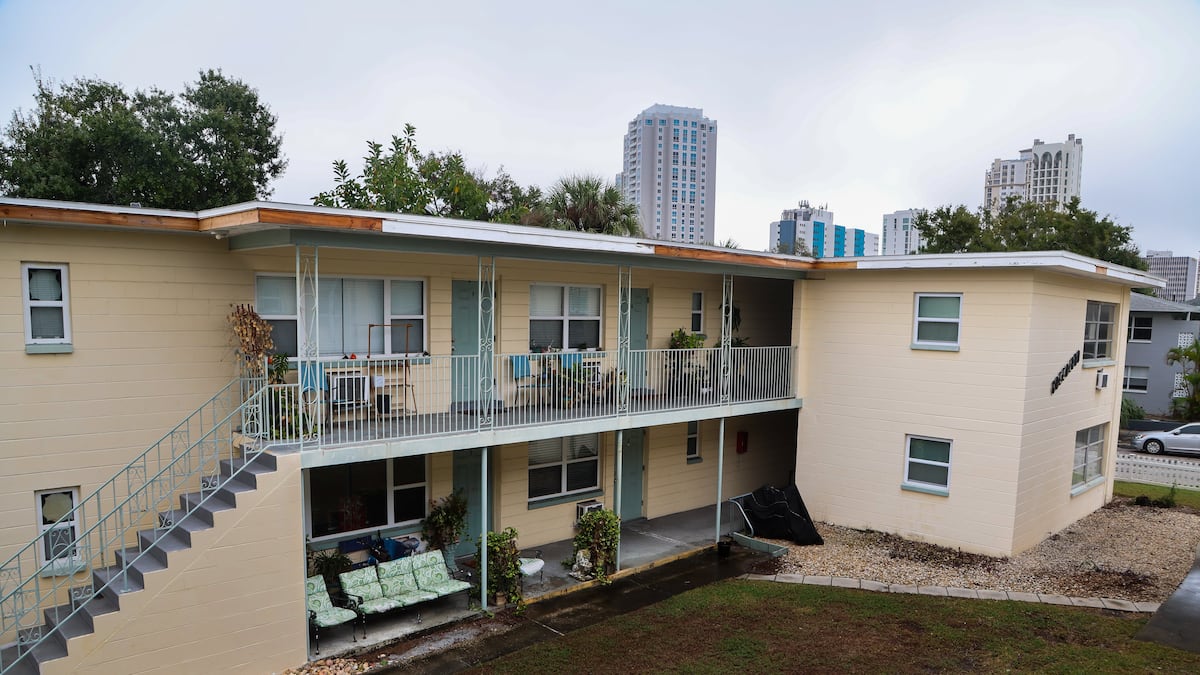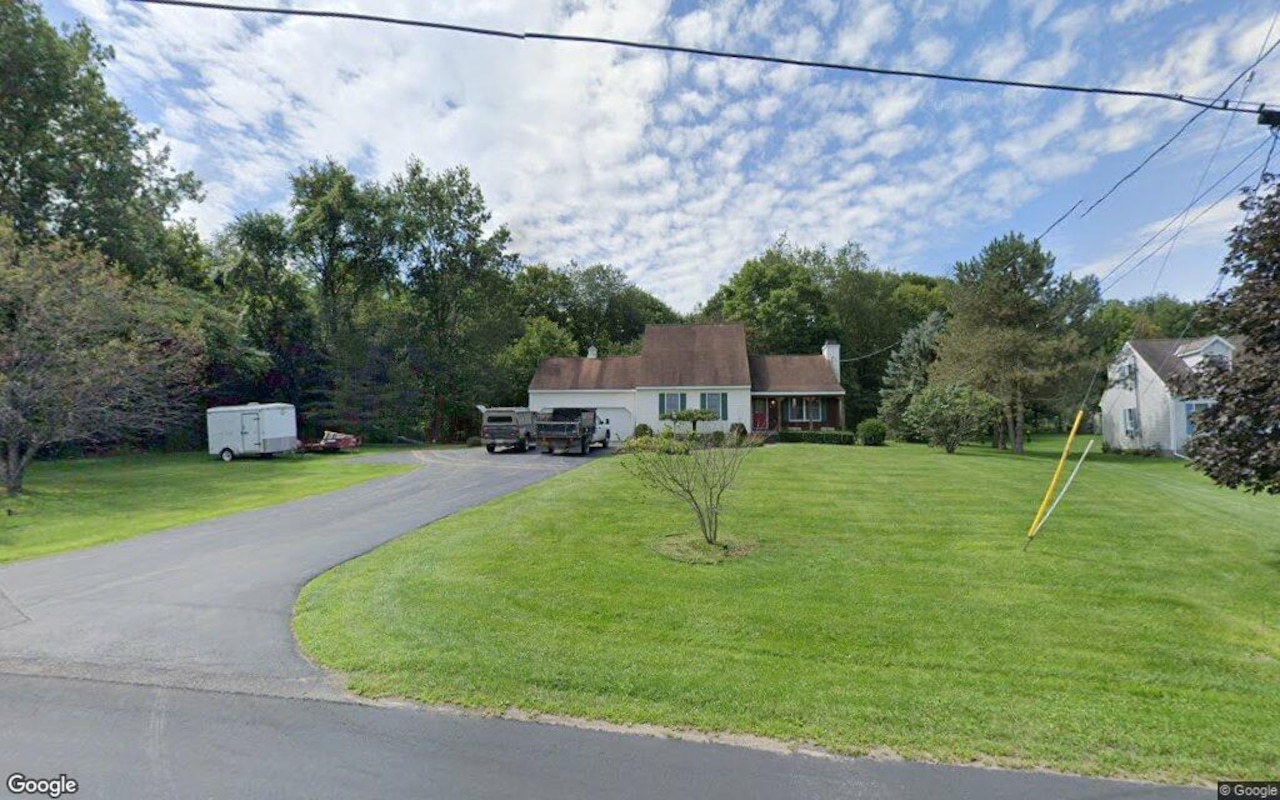N
ew England's Industrial Real Estate Market: A Landscape in Flux
The industrial real estate market in New England is undergoing a significant transformation, driven by shifting tenant demands and technological advancements. As developers and investors navigate this complex landscape, they must adapt to the changing needs of tenants and incorporate new technologies to remain competitive.
A Disconnect Between Supply and Demand
Despite the construction of millions of square feet of new industrial space in recent years, much of it remains unoccupied. This oversupply has led to increased vacancy rates, with Greater Boston's overall industrial vacancy rate rising to 9.4% at the end of 2024. Rents for Class A properties have not dropped significantly, hovering between $16 and $18 per square foot, while tenants are opting for older Class B buildings where rents are approximately $12 per square foot.
The Changing Needs of Industrial Tenants
The COVID-19 pandemic has accelerated a shift in tenant preferences, with companies reevaluating their operational requirements. Traditional office space within industrial buildings is no longer a priority, as tenants seek functional spaces that prioritize warehousing and distribution. The amount of office space in industrial properties has decreased drastically, from 10% to just 3.5% to 5%. This shift requires developers to design spaces that meet the current market demands and charge higher rent.
Flexibility and Technology: Keys to Success
To navigate these challenges, industrial developers and investors must be highly creative. The ability to adapt to tenants' changing needs and integrate new technologies will be critical for success. Flexibility is key when designing industrial spaces, with a focus on reconfigurable layouts, outdoor storage options, and trailer storage areas.
The Rise of Automation and Robotics
Automation and robotics are transforming the industrial real estate market, particularly in large-scale warehouses operated by companies like Amazon. These facilities rely heavily on automated systems to handle inventory management, product sorting, and order fulfillment. However, this trend also introduces new complexities, such as the need for careful planning to ensure that buildings can support the weight and layout of robotic equipment.
Multifamily and Mixed-Use Developments: A Potential Solution
Given the current oversupply in the industrial market, some developers are exploring alternative uses for vacant industrial spaces or integrating mixed-use developments. Multifamily housing is seeing increasing demand in certain areas, particularly as people seek affordable housing options near urban centers. By combining industrial space with residential units, developers can generate new revenue streams while addressing the region's housing shortage.
The Future of Industrial Real Estate
As the industrial real estate market in New England continues to evolve, driven by forces such as automation, sustainability, and mixed-use development, developers who can stay ahead of these trends will be well-positioned to thrive. By embracing flexibility, incorporating new technologies, and exploring alternative uses for industrial properties, developers can navigate this complex landscape and capitalize on emerging opportunities.














